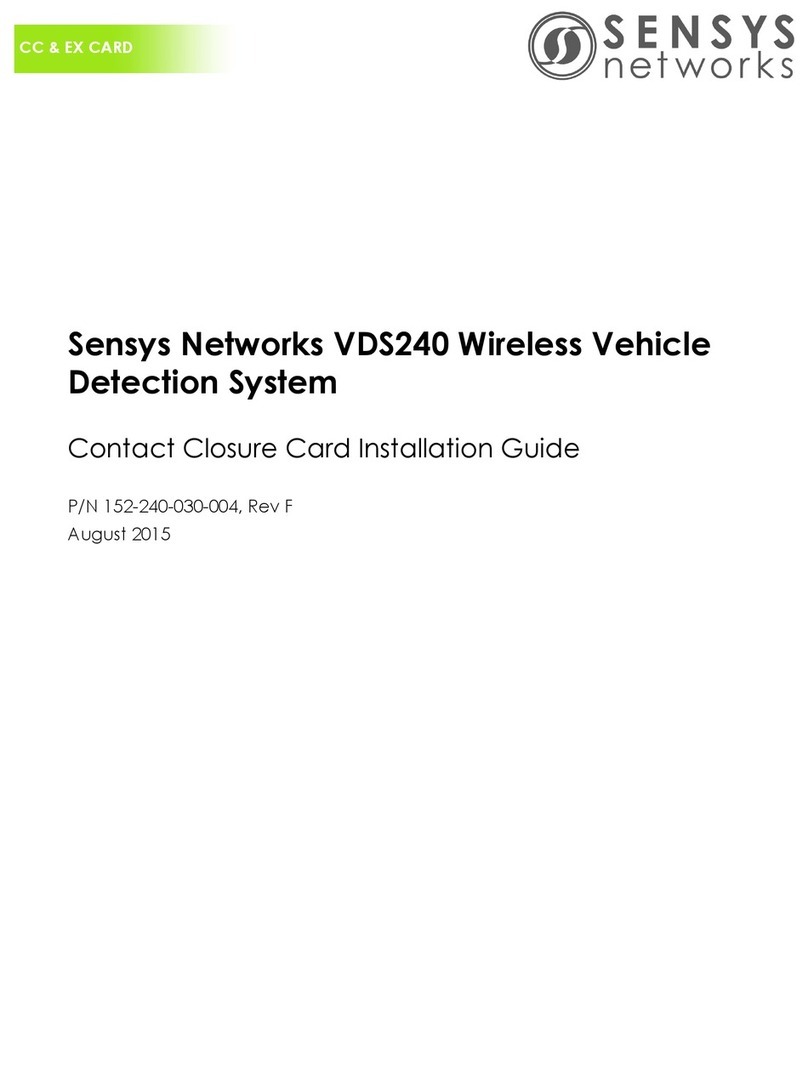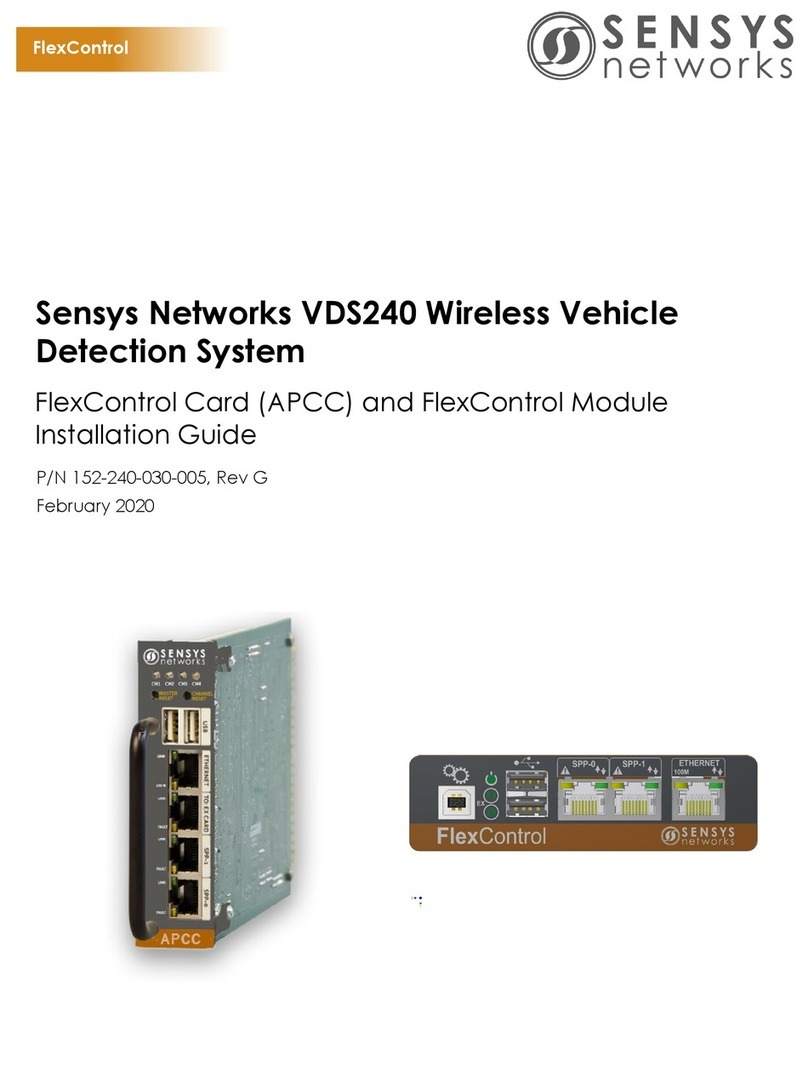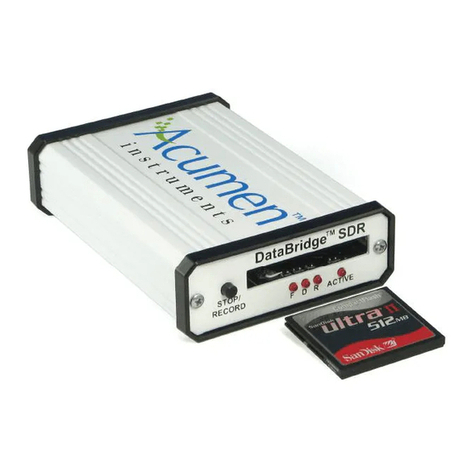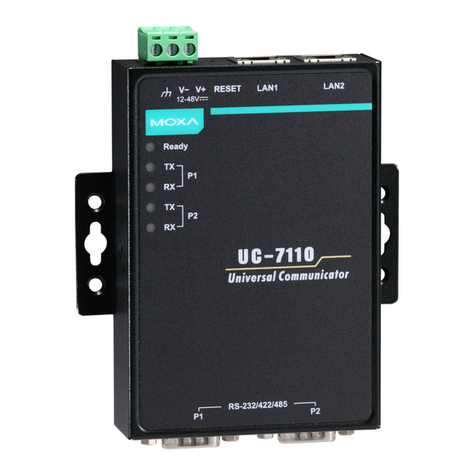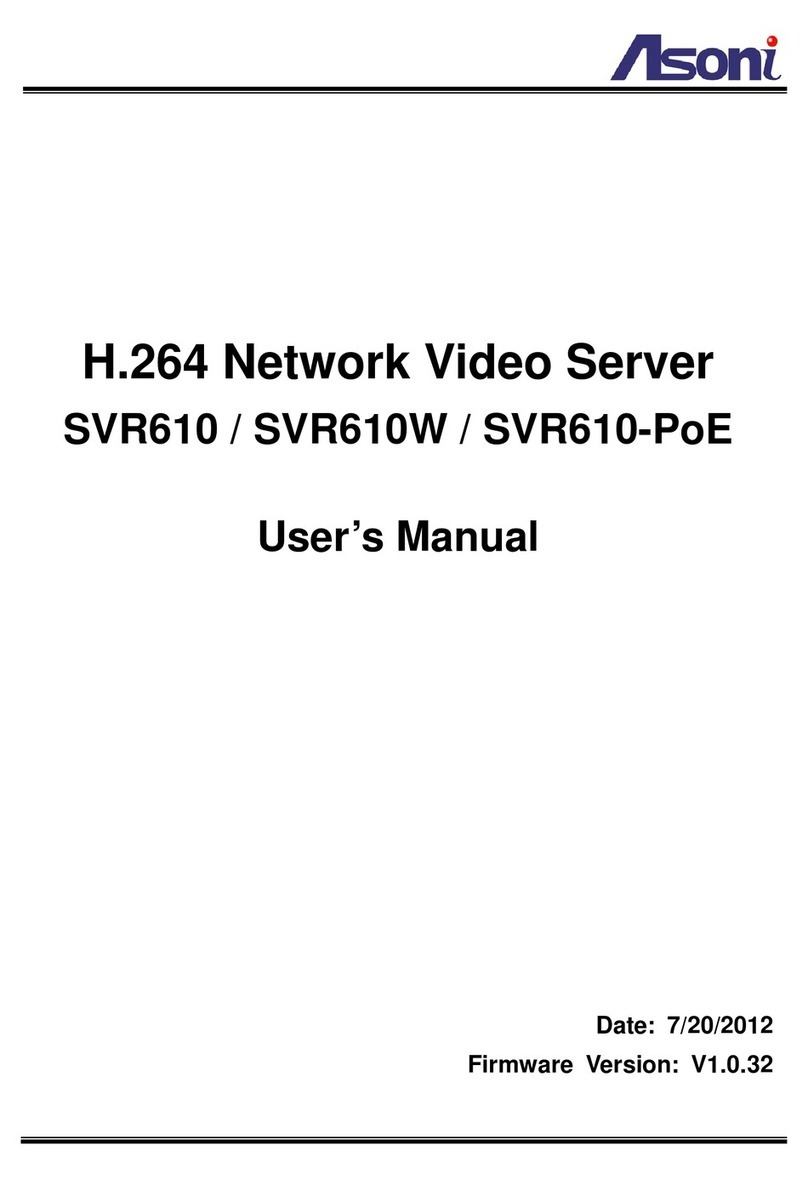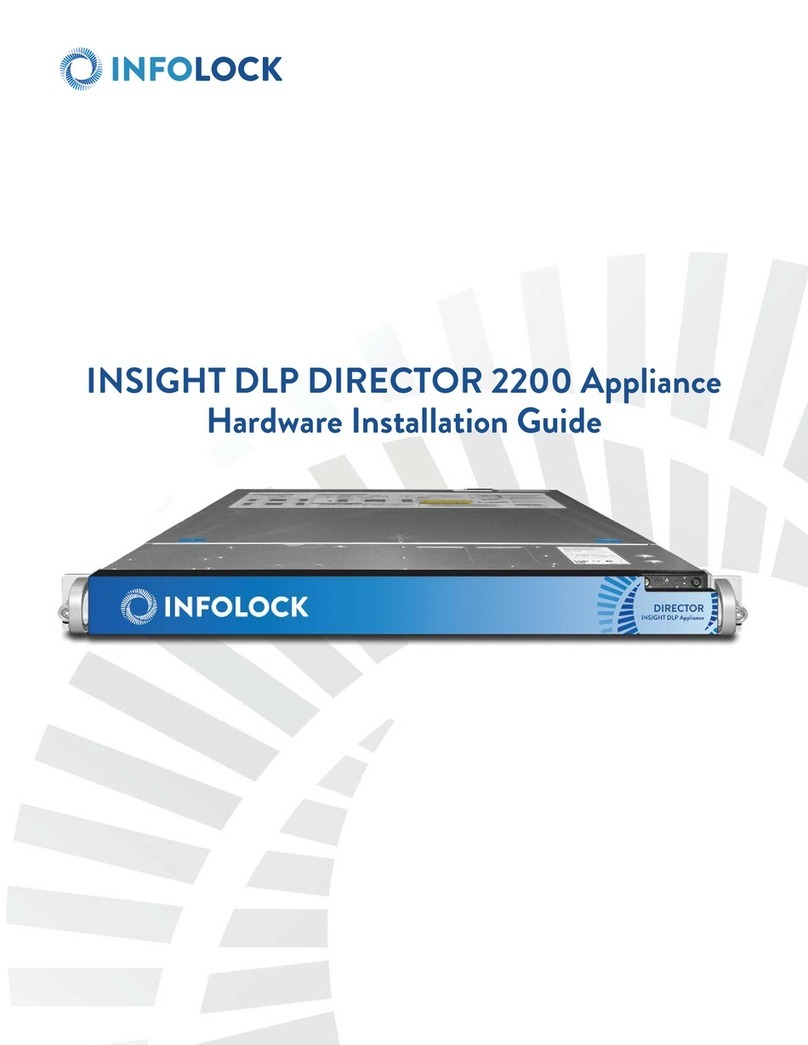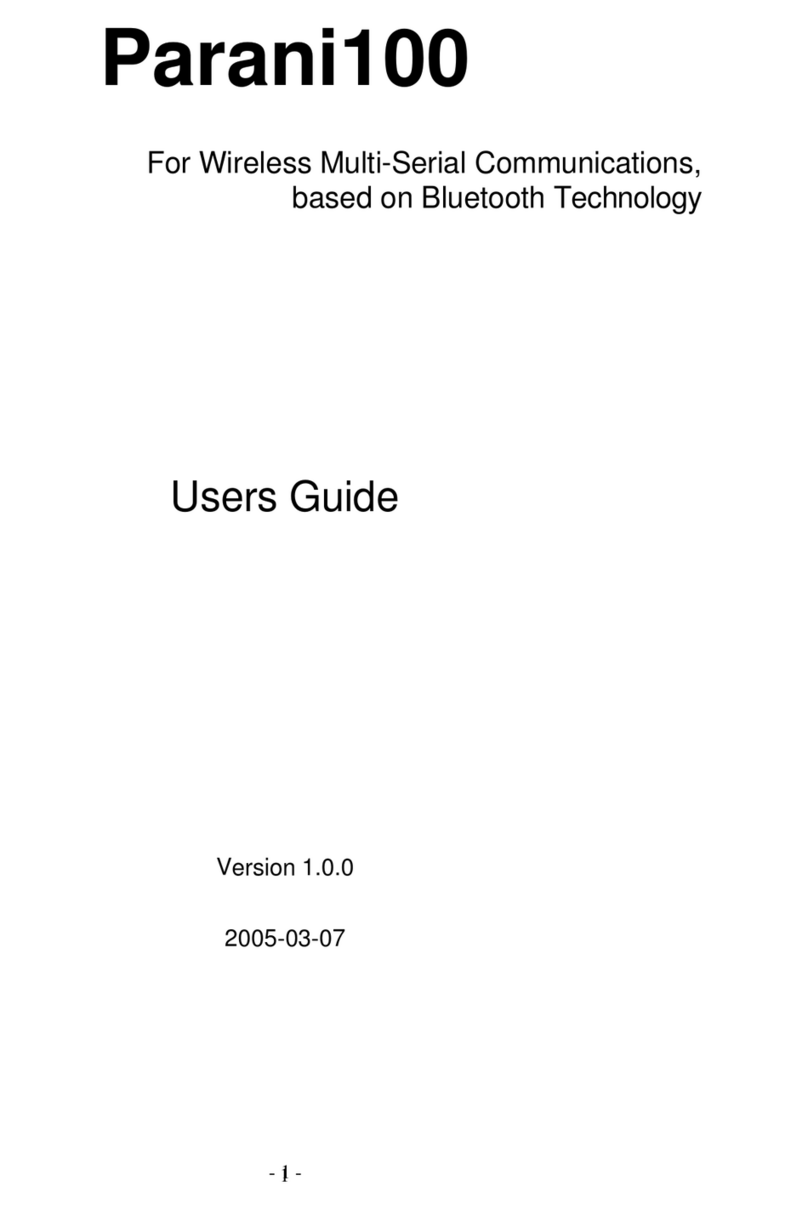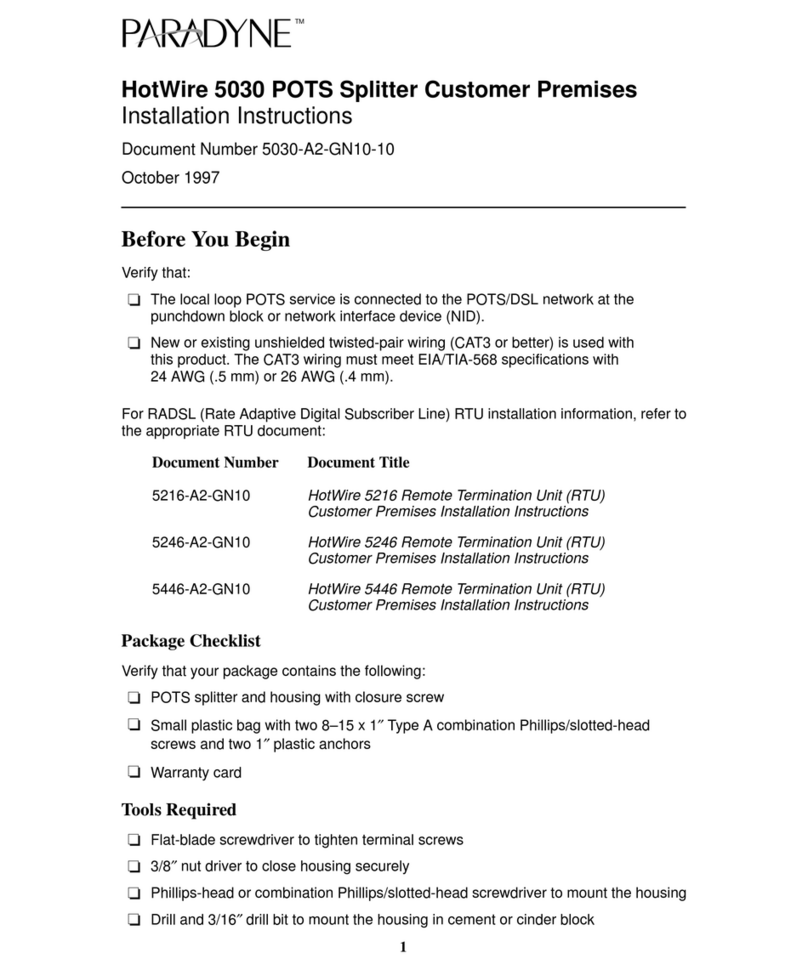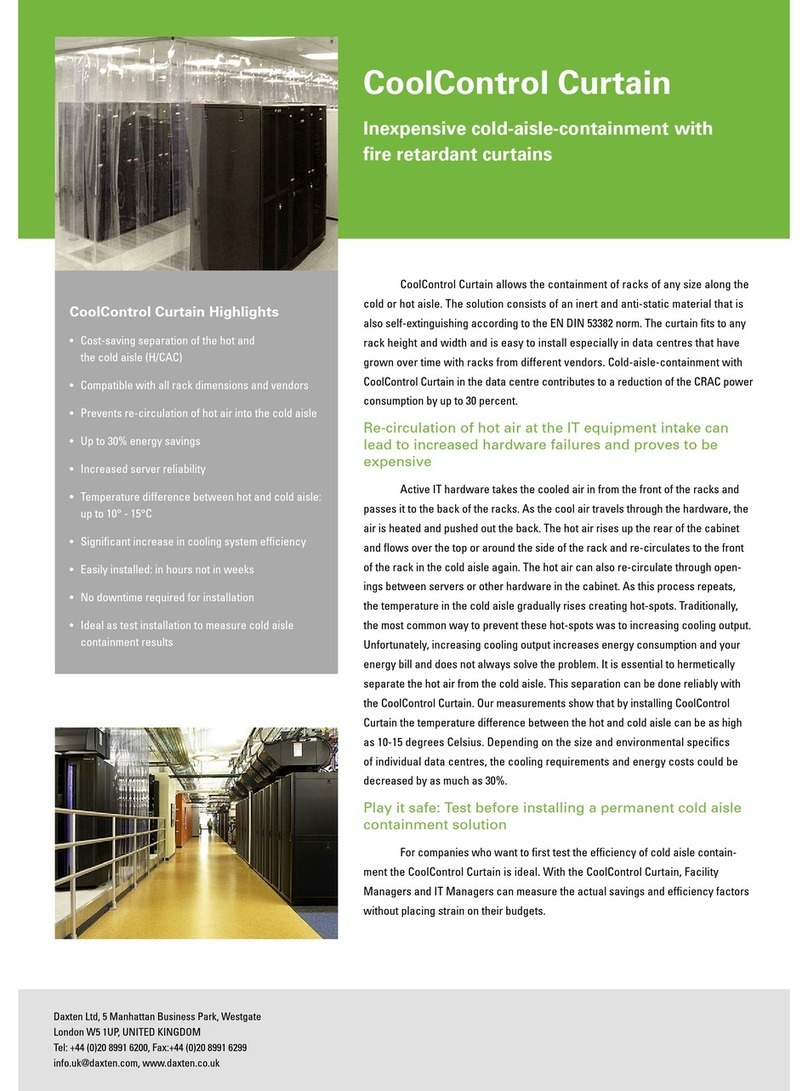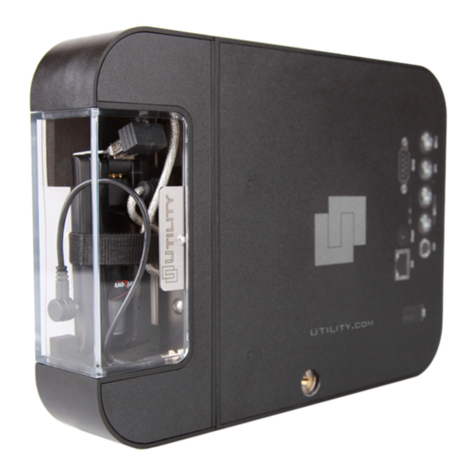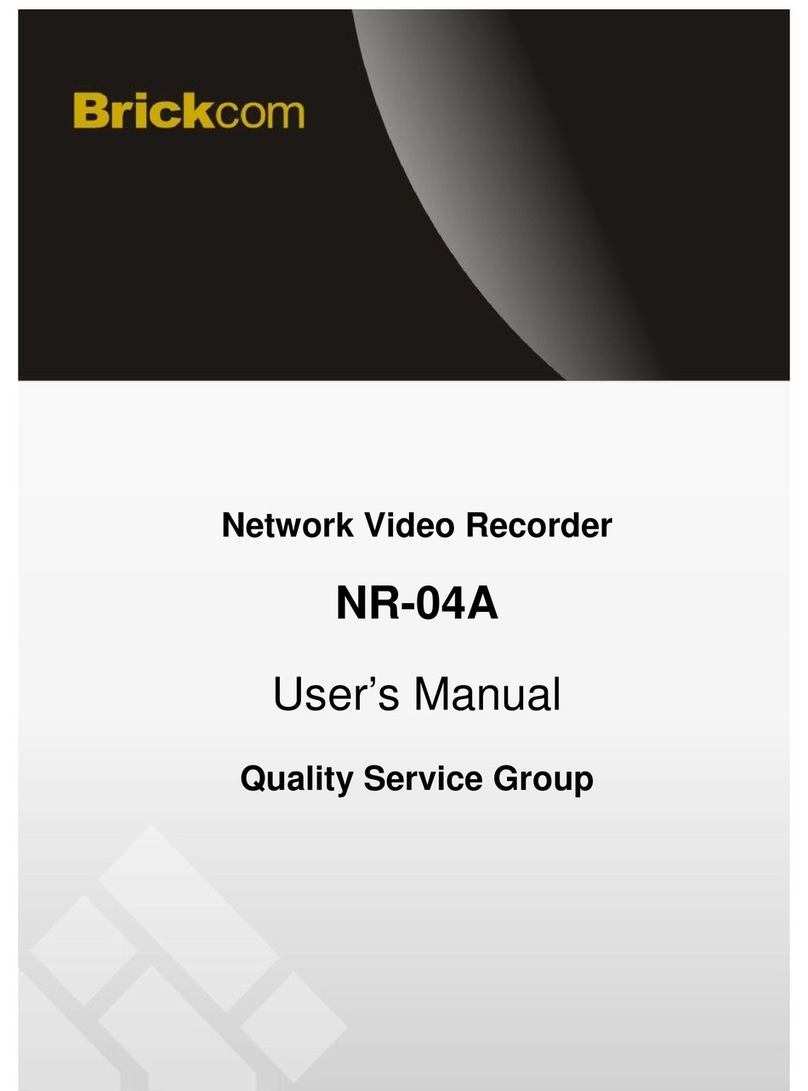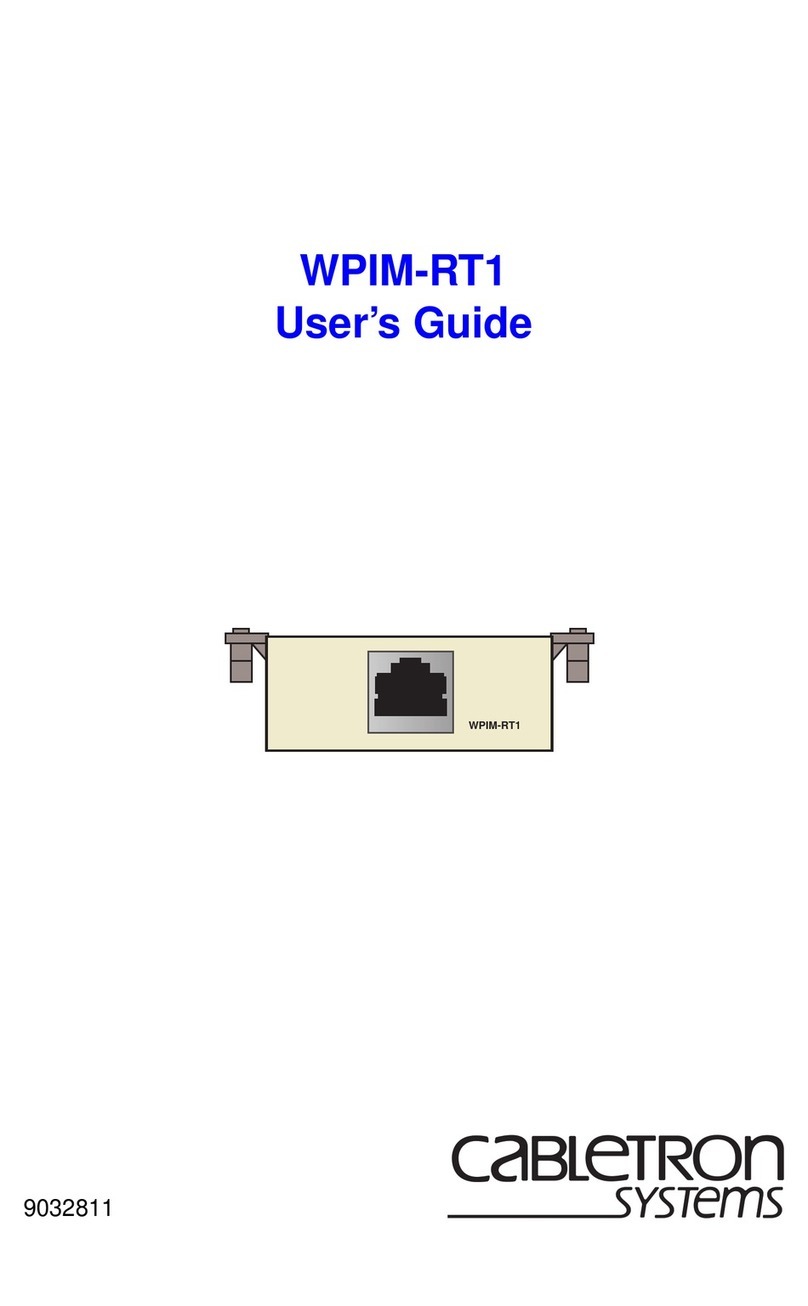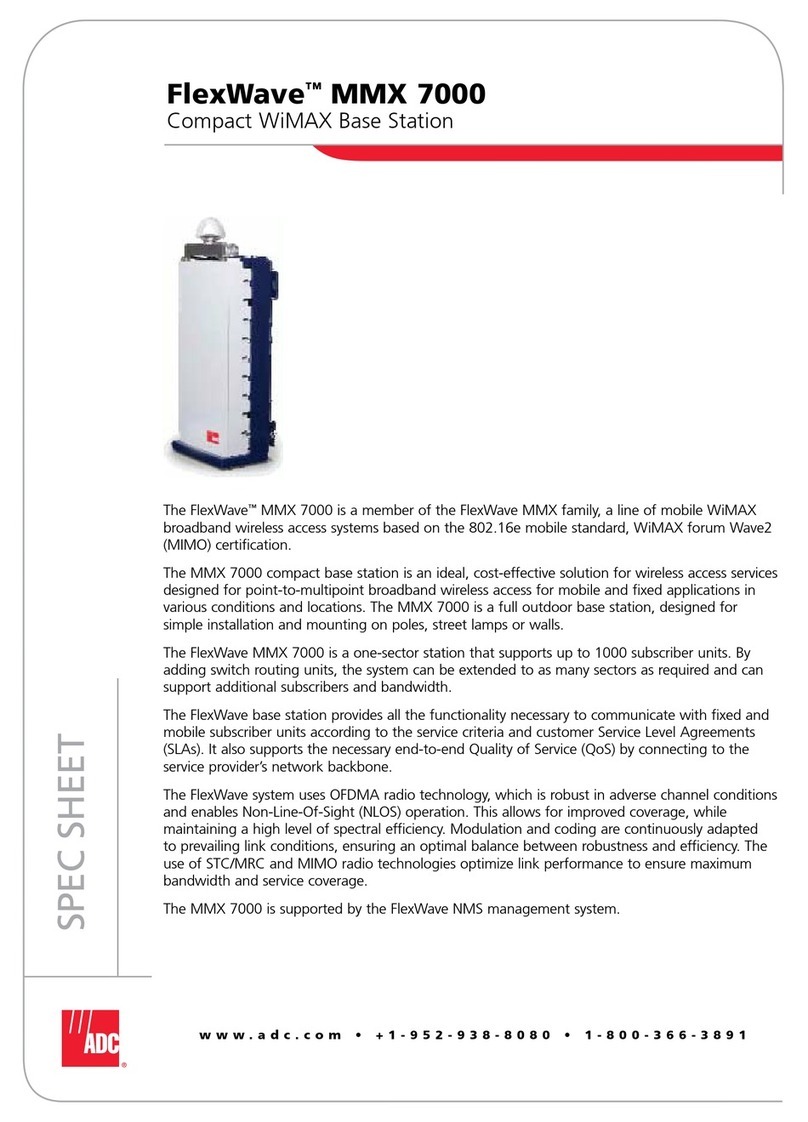Sensys Networks RTMS Echo User manual

1608 4th Street Suite 110 Berkeley CA 94710 |www.sensysnetworks.com/resources|P 510.548.4620 F 510.548.8264
Quick Start Guide: RTMS Echo
Whats in the Box
1
• Stainless steel banding and/
or stainless steel bolts used to
mount the sensor to a pole
• Junction boxes
• 12-24 VDC power supply, etc.
• Hand-held tally counter
(recommended)
Other Required Equipment
RTMS Echo 50 ft (15.24m) cable
Mounting bracket
Mounting Height and Tilt Recommendations
2
*Contact ISS Support for recommendations if outside these boundaries.
Closest Zone
(ft / m)
Recommended
Mounting Height
(ft / m)
Recommended
Tilt (degrees)
Maximum Recommended
Detection Distance*
(ft / m)
0 / 0
Contact ISS for recommendations based on site geometry.
5 / 1.5
10 / 3.1 15 - 26 / 4.6 - 7.9 -16 to -20 120 - 140 / 36.6 - 42.7
15 / 4.6 15 - 28 / 4.6 - 8.5 -12 to -17 150 - 160 / 45.7 - 48.8
20 / 6.1 20 - 31 / 6.1 - 9.4 -12 to -16 180 - 190 / 54.9 - 57.9
25 / 7.6 23 - 34 / 7.0 - 10.4 -11 to -15 210 - 220 / 64 - 67.1
30 / 9.1 26 - 35 / 7.9 - 10.7 -11 to -13 240 - 250 / 73.2 - 76.2
35 / 10.7 28 - 35 / 8.5 - 10.7 -10 to -12 250 / 76.2
40 / 12.2 31 - 35 / 9.4 - 10.7 -10 to -11 250 / 76.2
45 / 13.7 33 - 35 / 10.1 - 10.7 -10 250 / 76.2
50 / 15.2 35 / 10.7 -10 250 / 76.2
55 / 16.8 35 / 10.7 -9 250 / 76.2
60 / 18.3 35 / 10.7 -8 250 / 76.2
Mount the RTMS Echo
3
NOTE: Always follow local wiring codes and local standards
that apply to the location in which the RTMS Echo is being
installed.
1. Attach the bracket to the roadside pole (or another
specied location) using stainless steel banding or bolts.
2. Secure the RTMS Echo to the mounting bracket using the
washer, lock washer and nut. Make sure that the cable
connector is on the bottom of the unit when it is mounted.
3. Adjust the RTMS Echo to be perpendicular to the travel
lanes and level with the road. This is the roll and can be
ne tuned in section 5.
4. Tilt the RTMS Echo so that the sensor is aimed at the
farthest monitored zone. The tilt recommended in section 2
can be ne tuned in section 5.
5. Hand tighten the nuts for the moment. Final tightening
will be done after the aiming process (section 5).
CAUTION: Make sure the mains are turned o prior to
connecting the wires.
6. Undo the protective cap on the sensor’s connector.
7. Insert the RJ-45 connector from the cable to the RJ-45
receptacle on the bottom of the sensor.
8. Tighten the cable’s locking collar by turning it a quarter
turn to the right.
9. Connect the other end of the cable to 12-24VDC power
and communications in the breakout box according to the
pinouts shown below. In addition, the silver (non-colored)
wire must be connected to Earth ground.
NOTE: Surge suppression is recommended and ltering may be
required (see the help system for details).

Sensys Networks and the Sensys Networks logo are trademarks of Sensys Networks, Inc. All other trademarks are the property of their respective owners.
Information contained herein is believed to be reliable, but Sensys Networks makes no warranties as to its accuracy or completeness.
Copyright © 2023 Sensys Networks, Inc. • ALL RIGHTS RESERVED • 152-300-300-001 REV J
Quick Start Guide: RTMS Echo
Connect to the Echo Web App
4
NOTE: If connecting through Wi-Fi, the wireless network for Echo is “echo-
xxxx” (xxxx is the device ID) and the password is “echo123456”.
1. Start a web browser on the device (i.e., computer, tablet, phone) used to
congure the Echo sensor.
2. In the URL eld enter:
• For Wi-Fi connections: 10.99.50.1
• For Ethernet connections: 192.168.0.10
3. Enter the login credentials. Defaults are: admin/rtmsecho
Ehco Web App
Aim the Sensor
5
1. Select the Aim tab.
2. Rotate the sensor left or right to
align the sensor perpendicular to the
road. This is the roll setting, which
is normally 0; however, it should be
adjusted to the road angle if the road is
not level.
3. Move the sensor forward and back to
adjust the tilt according to the table in
Section 2.
4. Swivel the sensor left or right to adjust
the azimuth until it shows OK.After
each azimuth adjustment, wait for
about 20 vehicles to pass the sensor.
5. Once the roll and tilt are set, tighten the
nuts securing the sensor.
Sensor
Defect Zones
6
1. Select the Zones tab.
2. Click Auto Detect Zones. There will be about one and a half minutes of
prep time before detection begins. As objects are detected, the detection heat
map appears in the radar beam image. Zones will appear when the system
has determined that the detected objects are vehicles instead of stationary
objects (i.e., barriers, etc.). The full process including prep time, takes
approximately 8 and a half minutes; however, if all zones in the detection
area appear, you can click All zones found to stop the process.
3. Click on a zone to display the zone controls.
4. If desired, enter a name for the zone (25 characters maximum).
5. Verify that the selection under Trac direction is correct for the direction
of trac in the zone.
6. Repeat steps 3-5 for the other zones.
7. When complete, click Save changes.
Defect Zones

Sensys Networks and the Sensys Networks logo are trademarks of Sensys Networks, Inc. All other trademarks are the property of their respective owners.
Information contained herein is believed to be reliable, but Sensys Networks makes no warranties as to its accuracy or completeness.
Copyright © 2023 Sensys Networks, Inc. • ALL RIGHTS RESERVED • 152-300-300-001 REV J
7Verify Vehicle Counts 8Congure Sensor Settings
1. Select the Calibrate tab.
2. Select the checkbox for each zone for which counts will be veried. If more
than one zone is selected, there should be one person with a hand-held
counter monitoring each zone.
3. Click Start and immediately begin counting vehicles as the cross the RTMS
Echo beam. Keep track of the count for each zone. When at least 50 vehicles
for each selected zone have been counted, click Stop and enter the count for
each zone in the Manual count column.
NOTE: If any of the percentages are over 5 percent (plus or minus) corrections
should be made before continuing (see the Troubleshooting section in the User
Guide or Online Help).
Vehicle Counts
1. Select the Settings tab.
2. In the Local area network section, click Change.
• Enter the IP address, Subnet mask and Gateway to be used for the
sensor.
• Click Save changes.
3. In the Date and time section, click Change.
• To set date/time automatically: Check the Automatically set via
GPS check box.
• To set date/time manually: In the Clock section, enter the date/time by
typing it in, or click the calendar icon and select the date/time.
• Use the drop-down to select the time zone in which the sensor is
installed.
• Conrm the system date/time is correct.
• Click Save changes.
4. Return to the main Settings page and make any additional changes
necessary.
Congure Settings
Quick Start Guide: RTMS Echo
Other manuals for RTMS Echo
1
Other Sensys Networks Network Hardware manuals
